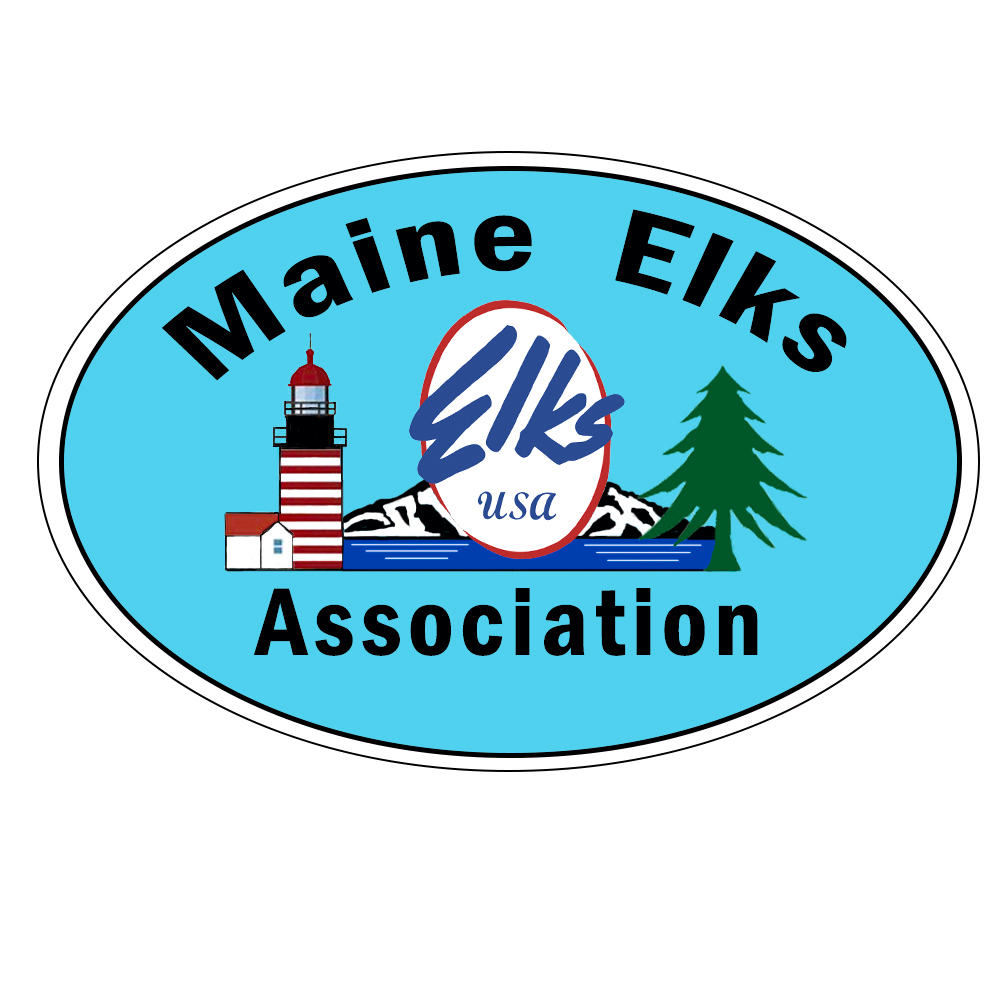This week, Maine Elks across the state will be celebrating Red Ribbon Week. This year, Red Ribbon week will run from October 23rd to October 31st. MEA Drug Awareness Director Anthony Gause encourages all 20 Elk Lodges in Maine to reach out into their communities to help parents and their children aware of the danger of drugs. Informative pamphlets provided by funding from the Elks National Foundation are readily available to inform parents about a number of drugs that are currently on Maine streets now.
According to the Maine Drug Data Hub, the most commonly abused drug in Maine is alcohol. It accounts for nearly 40% of all substance abuse treatment admissions across the state 1.
Here are the top five drugs abused most often in Maine:
- Alcohol: Nearly 40% of all substance abuse treatment admissions across the state 1.
- Marijuana: Marijuana use has seen a steady increase in Maine since 2012 across all age groups. Adults between the ages of 18 and 26 showed the highest rate of use at 34%. The total percentage of adults over 26 is substantially lower at 14% but shows a dramatic increase since 2012 1.
- Prescription Drugs: Prescription drug abuse or misuse plagues Maine much as it plagues other states. The highest rate of prescription drug abuse or misuse happens in the 18 to 26 age bracket at around 7%. High school students come in at 6%, while only 4% of adults over 26 abuse prescriptions. The relatively low level of prescription drug abuse among adults may be a result of Maine’s Prescription Drug Monitoring program 1.
- Cocaine: Cocaine use among Maine residents over 26 remains comparatively steady and low at around 1%. The news isn’t as good in the 18-25 age group where cocaine use has increased around 1.6% over the last few years and hovers a little under 7%. Maine’s Drug Enforcement Agency reports that cocaine arrests account for nearly 1/3 of all arrests in 2018. This suggests a recent surge in cocaine sales and use in the state 1.
- Inhalants: Around 7% of high school students report using inhalants. Unlike other legal and illegal drugs, inhalants are common products that make vapors that produce a fast high.
Drug abuse can lead to deaths. Last year (2022), there were a total of 10,110 overdoses that were reported, of which 716 were suspected or confirmed to cause death. That’s a 7% rate of death among drug abusers. While the above drugs are the most commonly abused or misused here in Maine, the drug that is causing the most deaths is Fentanyl. This drug accounted for nearly 77% of all drug deaths in Maine during 2021. Fentanyl is a synthetic opioid that is 50 to 100 times more potent than morphine. While it can be used as a prescription drug primarily used to treat severe pain, typically cancer pain, it is being imported at an ever-increasing rate for non-prescription uses or drug abuse. In 2022, law enforcement officers in Maine seized more than 36 points of Fentanyl statewide, a nearly 60% increase over the prior year. Toxicology reports from overdose deaths show that Fentanyl is being mixed with other potent illicit drugs, especially cocaine, methamphetamine, or both.
With much of the drug abuse deaths taking place primarily among the 18-26 year old age bracket, it’s important that the Elks do what they can to inform parents and teenagers about the dangers of drug abuse.
Red Ribbon week is the oldest and largest drug prevention campaign in the United States, and is observed annually. The program begin in 1985 to raise awareness about the dangers of drug use and promote a healthy, drug-free lifestyle among children, youth, and adults. The campaign encourages individuals and communities to wear red ribbons as a symbol of their commitment to living drug-free lives. The program was created as a tribute to Enrique “Kiki” Camarena, a Drug Enforcement Administration Agent who was killed by drug traffickers while investigating a drug cartel in Mexico.
For more information on the Maine Elks Drug Awareness program, visit DRUG AWARENESS COMMITTEE | Maine Elks Association. Click here for information on the Elks Drug Awareness Program.
